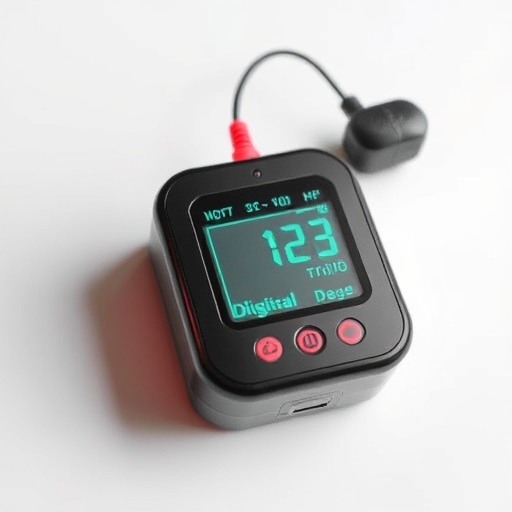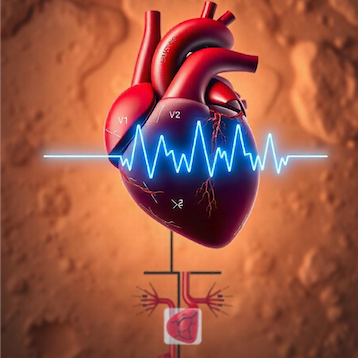Baseline echocardiographic characteristics of patients enrolled in the randomized investigation of MitraClip device in heart failure (RESHAPE HF-2) trial: comparison with COAPT and Mitra-FR

Published: June 28, 2024
Abstract Views: 4169
PDF: 590
HTML: 1
HTML: 1
Publisher's note
All claims expressed in this article are solely those of the authors and do not necessarily represent those of their affiliated organizations, or those of the publisher, the editors and the reviewers. Any product that may be evaluated in this article or claim that may be made by its manufacturer is not guaranteed or endorsed by the publisher.
All claims expressed in this article are solely those of the authors and do not necessarily represent those of their affiliated organizations, or those of the publisher, the editors and the reviewers. Any product that may be evaluated in this article or claim that may be made by its manufacturer is not guaranteed or endorsed by the publisher.
Similar Articles
- Rafael Vidal-Pérez, Ewa A. Jankowska, The scientific targets: the myocardium, the vasculature and the body’s response to heart failure , Global Cardiology: Vol. 2 No. 1 (2024)
- Stephan von Haehling, Wolfram Doehner, Ruben Evertz, Tania Garfias-Veitl, Monika Diek, Mahir Karakas, Ralf Birkemeyer, Gerasimos Fillippatos, Piotr Ponikowski, Michael Böhm, Tim Friede, Stefan D. Anker, Iron deficiency in heart failure with preserved ejection fraction: rationale and design of the FAIR-HFpEF trial , Global Cardiology: Vol. 1 No. 1 (2023)
- Giuseppe M.C. Rosano, Andrew J.S. Coats, Modulation of cardiac metabolism in heart failure , Global Cardiology: Vol. 2 No. 3 (2024)
- Giuseppe M.C. Rosano, Clinical trial design, endpoints and regulatory considerations in heart failure , Global Cardiology: Vol. 2 No. 1 (2024)
- Javed Butler, Sanjiv J. Shah, Melissa Magwire, Carlos Campos, Muhammad Shariq Usman, Anthony Hoovler, Anup Sabharwal, Barry A. Borlaug, Treatment pathways in patients with heart failure with preserved ejection fraction and obesity: perspectives from cardiology specialists and patients , Global Cardiology: Vol. 2 No. 2 (2024)
- Giuseppe M.C. Rosano, Jerneja Farkas, Evolving targets for heart failure: the journey so far , Global Cardiology: Vol. 1 No. 1 (2023)
- Adeseye A. Akintunde, Sope T. Orugun, The association of iron deficiency with right ventricular dysfunction in Africans with heart failure , Global Cardiology: Vol. 2 No. 4 (2024)
- Natasa Sedlar Kobe, Daniel Omersa, Mitja Lainscak, Jerneja Farkas, Depression, health-related quality of life and life satisfaction in patients with heart failure , Global Cardiology: Vol. 2 No. 3 (2024)
- Stefan D. Anker, Javed Butler, Khawaja M. Talha, Tim Friede, Using multiple primary endpoints in clinical trials with a focus on heart failure , Global Cardiology: Vol. 2 No. 2 (2024)
- Khawaja M. Talha, Javed Butler, Stephan von Haehling, Mitja Lainscak, Piotr Ponikowski, Stefan D. Anker, Defining iron replete status in patients with heart failure treated with intravenous iron , Global Cardiology: Vol. 1 No. 1 (2023)
You may also start an advanced similarity search for this article.

 https://doi.org/10.4081/cardio.2024.40
https://doi.org/10.4081/cardio.2024.40

















